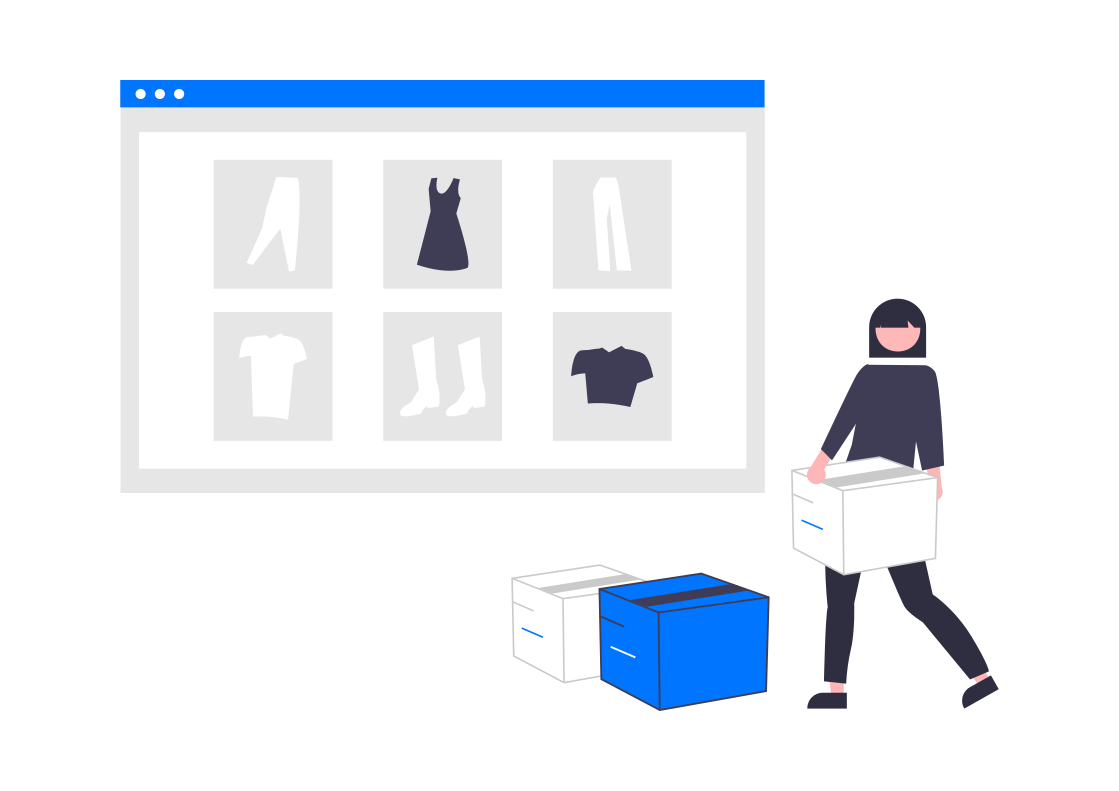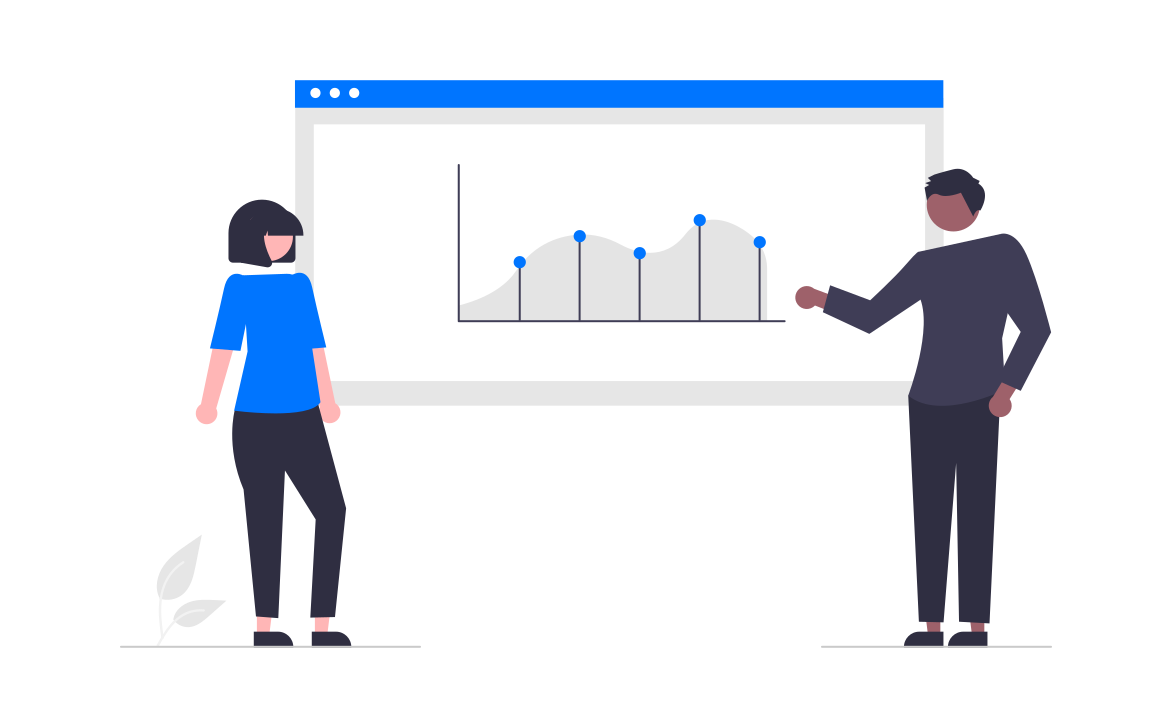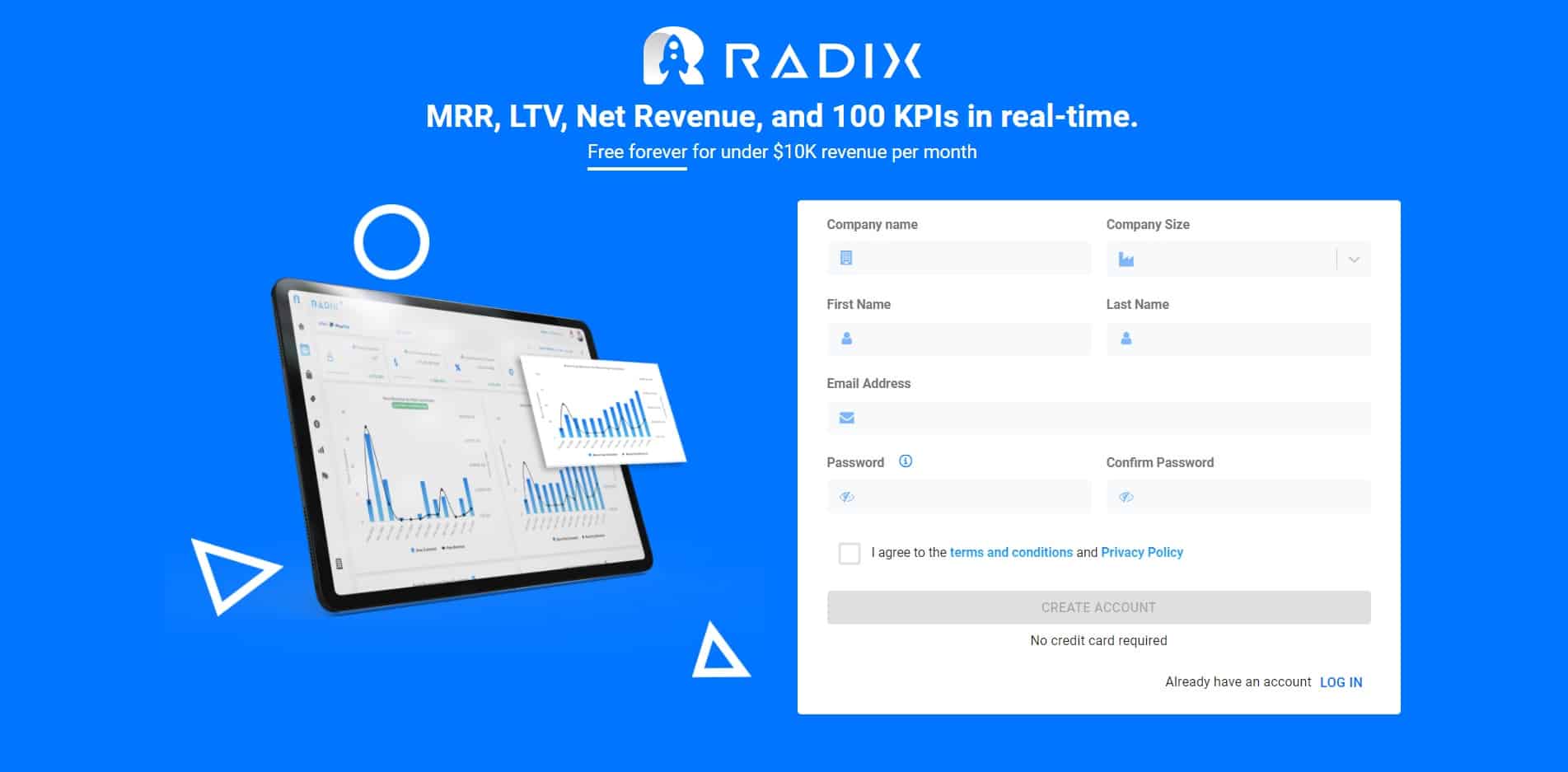If you are running an eCommerce business, then you probably want to know how to grow yours – Fast! Unfortunately, if you google all the best E-Commerce growth hacks or tactics that will help you grow your or your client’s E-commerce business. You will find a lot of opinions and ad-copy that sell without giving any solid advice.
The biggest secret is to build an amazing product or service, and then sell that product or service online in the least painful way possible. To be clear, this is not a magic pill formula and will take time, but if you stick to it, you’ll end up with an ecommerce business that you can be proud of.
Growing an e-commerce business can be difficult, especially if you are starting with no experience. But with enough drive, good practices, and of course, the right techniques, you can succeed. This post will outline some of the best tips on how to build and grow your e-commerce business.
9 Key Strategies for eCommerce Business Growth
This article covers two ways to grow an eCommerce business, regardless of the types of products or services you sell. I will discuss nine growth strategies that focus on how to grow your online store – all of which you can implement today.
1) Use Affiliate Marketing
Affiliate marketing allows you to broaden the reach of your brand by allowing anybody with access to social media or a website to sell your products to their audiences via dedicated affiliate links in exchange for a commission or percentage of sales. Affiliates do not have to be well-known bloggers or trending influencers. It is doable for anybody! The quickest approach to benefit from affiliate marketing is to sign up with a company like Post Affiliate Pro and allow affiliates on the network to advertise your products.

2) Promote Complementary Products
When clients visit your eCommerce site with a certain product in mind, you can frequently convince them to purchase complementary products if they see how they function together. Consider adding a ‘Shop-the-Look’ option if your eCommerce store offers apparel. If you sell phone covers, provide an offer that bundles together extra accessories at a lower price than buying each item separately.

3) Promote Repeat Purchases
It costs businesses seven times more to gain a new consumer than it does to convert a first-time purchase into a recurring buyer. Sending a voucher with their initial purchase, establishing a loyalty program, delivering birthday presents, and periodically pushing products of interest through targeted campaigns can all be used to encourage customers to return and continue purchasing.

4) Determine Your Target Audience
To grow your eCommerce company, you must first understand who your ideal lead is and what inspires them to make a purchase. Create buyer personas for each target demographic, taking into account criteria like age, family income, geography, pain points, and hobbies. These will serve as a guide for you while you create site content, social media updates, and lead-generation initiatives.

5) Employ Upsells & Cross-Sells
Upselling is the process of persuading a customer to purchase a better, generally more expensive version of the same product. A side-by-side comparison table is an effective approach to demonstrate the benefits of the better product so that the buyer understands the benefits of the more costly product.
Cross-selling is primarily concerned with marketing linked items. If your online business provides website themes and templates, visitors are likely to be interested in website hosting or purchasing stock photos. You may boost the value of each sale by displaying similar items.

6) Advertise to All Funnel Stages
Consumers today do more than just buy things. Before making a purchase, they carry out research and evaluate their options. Developing an eCommerce content marketing plan may assist you in attracting, converting, and retaining clients. However, it will only be truly effective if you target all phases of the eCommerce sales funnel:
- Awareness
- Interest
- Purchase
- Repeat
Create a variety of content, such as how-to videos, articles that explain the product’s benefits, and purchase recommendations. Then, publish your content across several platforms, including your website and social media outlets.

7) Implement Influencer Marketing
There is no doubt that influencer marketing is a beneficial strategy for eCommerce businesses. 76% of marketers in a recent survey agree that influencer marketing is effective. With more and more customers turning to social media to research products, services, and brands, your business can benefit from working with social media influencers.
A good way to leverage influencers is to work with them by getting their approval on a product. For instance, an influencer who has 20k followers on Instagram can make a post about your product just by testing it, which will lead people to want to buy the same product.

8) Use eCommerce Business Analytics
Ecommerce Analytics is a crucial part of every online retailer, and as such, shouldn’t be ignored. Web retailers who use eCommerce analytics systems often reap higher sales and increased customer satisfaction.
Radix is The Best eCommerce Analytic Tool For Stripe & PayPal
By connecting your Stripe and PayPal accounts, you can keep track of your eCommerce performance by highlighting:
- Top 10 Best-selling products
- calculating average revenue per product
- MRR
- ARPU
- Quick Ratio and more
Sign Up Here For Free!

9) Ship Worldwide
Technology has contributed to the creation of a borderless world, which includes internet purchasing. Don’t limit your reach to solely local customers. Provide worldwide shipping. If you can’t offer free global delivery, be transparent about the additional fees so clients aren’t startled or irritated.

Conclusion
These eCommerce strategies have all been tried and proven. Some will bring fast results, while others will deliver long-term success. By monitoring your customer and sales data regularly, you can always keep your audience in mind and learn how they respond to different tactics. You will rapidly learn which ones perform best for your company and which you should avoid.

Read More:
How to Increase Online Sales With eCommerce Analytics
The Quick Guide to Product Shipping: eCommerce Tips





